Dog sitting is one of the best jobs on the planet, but it still needs a little bit of preparation.
Read on for the top twelve tips you need to know before starting a career as a dog sitter.
1. Meet the dog ahead of time
Dogs are pack animals, and they have a social hierarchy, with their special human at the top. Because of this, you cannot expect to step in cold and run their pack without some resistance or confusion from the dog.
Meeting you ahead of time gives the dog time to adjust to you and place you in the pack hierarchy. As the dog sitter and temporary head human, you need to be in charge of the pack during the time you have Rover in your life.
If you’re going to be dog sitting this particular animal regularly, you’ll want this sorted out fast. You’ll be giving commands during walks, feeding time and play time, and you need to have a dog that is willing to listen to you immediately for everyone’s safety.
Arrange to meet up with the dog and their human before the sitting appointment. This will also let the dog owner see how you interact with the animal, and reassure them that their pooch is in the best possible hands.
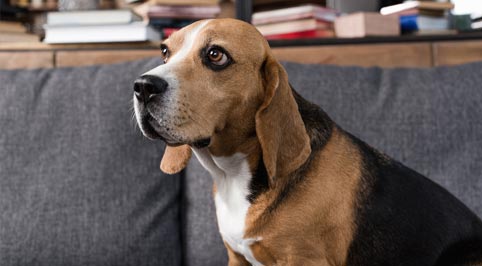
2. Invest in good insurance
One of the smartest things you can do is get a good dog sitters insurance policy.
If things go wrong, it covers you for everything from material damages to injury claims. It’s important to remember that you are considered responsible for any damages or injuries caused by a dog in your care under UK law. Consider adding personal possessions insurance to your policy to protect your belongings from damage caused by an animal in your care.
A good insurance provides you with peace of mind as you grow your dog sitting business.
3. Puppy proof your house
If you’re dog sitting at your own property, make sure things are puppy-proof.
Even older dogs can get into stuff they shouldn’t, and the last thing you need is Fluffy eating your broadband cable or a poisonous house-plant.
Dogs are curious, and a new place with new smells is begging to be explored. Wagging tails can knock over low lying vases and ornaments, and if you end up sitting for one of the bigger breeds, even small furniture isn’t always safe. Nobody has ever made an end-table that is Great Dane proof.
Keep human food well out of reach, and check with the owner to make sure your new charge can’t get into cupboards or the fridge.
If you have pets of your own, make sure that they aren’t going to trigger the dogs prey drive. Small animals like hamsters and rabbits will be almost irresistible to terriers, for example, and some dogs with very high prey drives need to be kept apart from all other pets.
It’s not always the largest dogs that have the highest prey drives. Yorkshire terriers may be tiny, but they were originally bred to catch rats, and that urge to catch and kill small fast moving animals is still there.
A St Bernard, on the other hand, has a reputation for a very low prey drive and usually gets along with everyone and everything in the house.
4. Research the breed you are going to sit for
Different breeds have different needs.
A high energy dog is going to need lots of play and lots of walks to burn that excess energy off, otherwise he’ll get bored. Bored dogs are destructive dogs, and pet sitting won’t be much fun if the dog eats your couch.
Take into account the dogs age and medical condition, but remember that all dogs need some stimulation.
The way you sit for a Collie is going to be very different to the way you pet sit a Pekinese. The Collie is likely to try and herd everyone in the house in the first ten minutes; a Pekinese is more likely to be aloof and watchful while she gets to know you.
5. Check food and medications required with the owner ahead of time
If the dog requires specific medication, you need to be comfortable giving this. Some medication is time sensitive, so you need to set an alarm to make sure you don’t miss a dose.
Make sure there’s enough food for the dog, and if they’re on a special diet, get the food from the owner ahead of time or at drop-off.
Always check for food allergies and preferences from both the dog and the owner before you feed the dog; and check for general allergies when the initial pet sitting is arranged. If the dog is allergic to grass and you let him roll all over the lawn, you are going to have an unhappy pet owner at pick-up time.
6. Have a supply of owner approved chews and toys
A decent supply of treats and toys will ease the dog during her first visit and make her look forward to the next one.
A nice chew stick settles most dogs down fast, and toys make playtime more interesting for both you and the dog.
Check with her owner to make sure they are happy with the supply – some dog owners will prefer to supply their own.
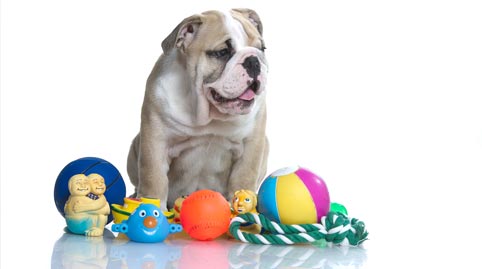
7. Do some basic doggy first aid courses
Not every incident needs a vet visit, but it’s good to know when you can handle stuff and when it’s time to go to the vet.
Dogs can pick up burrs and thorns in their paws during walks, so it’s useful to know the basics on how to patch up minor wounds on them. If the dog is injured, even slightly, make sure to tell the owner what happened and what steps you’ve taken as soon as possible.
8. Stick to their routine
Dogs need a routing to feel settled and safe. Their walks, treats and feeding should be done at the usual time for the dog to keep them comfortable and adjust them to you as a sitter as fast as possible.
Check times with the owner and stick to these as much as possible.
9. Find out about any allergies and medical conditions ahead of time
Dogs, like humans, can have allergies and medical conditions.
Check for these with the owner, and do some research into any that the dog has so that you’re prepared for a flare up.
Make sure you get any medication from the owner and look up how to give it so that you are comfortable knowing what to do.
10. If you’re pet sitting at the owners house, respect their privacy
Occasionally you may end up pet-sitting at the owners house. If this happens, get the ground rules ahead of time and stick to them.
You’ll want to find out about what food and refreshments you can use, what rooms are off limits to both you and the dog, and if it’s an overnight gig, what facilities you can use, like the laundry and specific bathrooms and guest bedrooms.
Make sure anything you do is non-intrusive and respectful. Keep in mind that a large number of people now have in-home cameras, so be prepared to be on camera and act accordingly.
12. Spend lots of time with the dog
The whole point of having a dog sitter is to have you spend time with and interact with the dog.
That means walks, playtime and just being in the room with the dog as much as possible. Remember that while you are dog sitting you are part of the dog’s pack, and the dog needs you around for comfort and support. While some dogs are more aloof than others, they still need access to you.
Some pooches will be just fine sleeping in the corner with you in the room, while others will want to snuggle up to you as much as possible. It depends on the dog.
Following these tips should set you up nicely for your new start as a dog sitter. Don’t forget to ask for referrals – word of mouth is a huge part of getting new clients – as well as a review posted online.
Once you have a couple of satisfied clients, they’ll likely return – and happy clients will tell their friends about you and the fantastic job you did looking after their animal.
The difference between being an okay dog sitter and being a brilliant dog sitter comes down to time and research, as well as your ability to bond with the animals.
Taking a few minutes to ensure you’re a top-notch sitter means a happy dog, a happy owner – and a very happy dog sitter when more clients come your way.
Related Articles
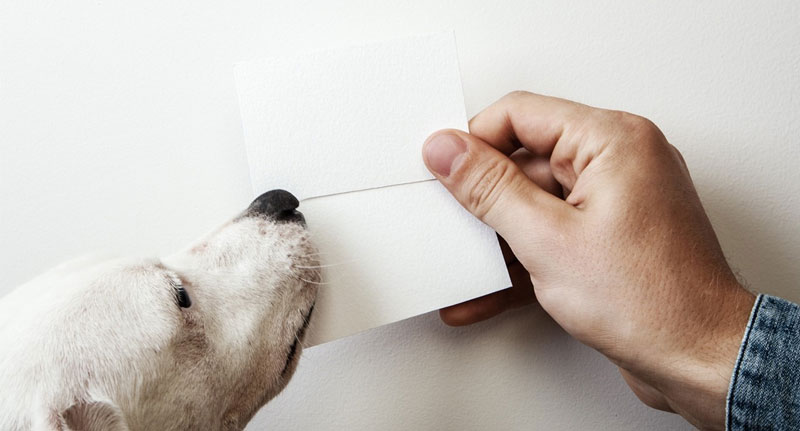
Pet Sitting Business Cards (2022 GUIDE)
Wondering what to put on your business card as a professional pet sitter or dog walker? We will show you how to create the perfect pet sitting and dog walking business card that reflects professionalism without breaking the bank.
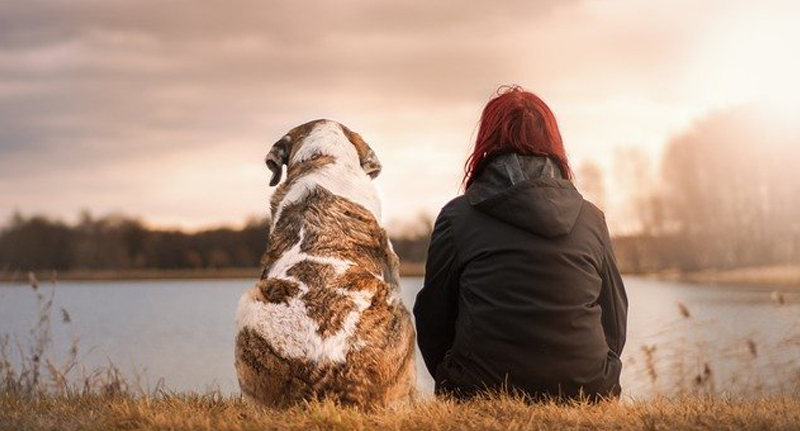
Top Pet Sitting Tips 2022 ( 8 Steps )
The truth is, you don't need a veterinary background to become a pet sitter. However, the more knowledge you have on pets, the better. If you're an animal lover and have grown around animals, you have an advantage over other inexperienced pet sitters.
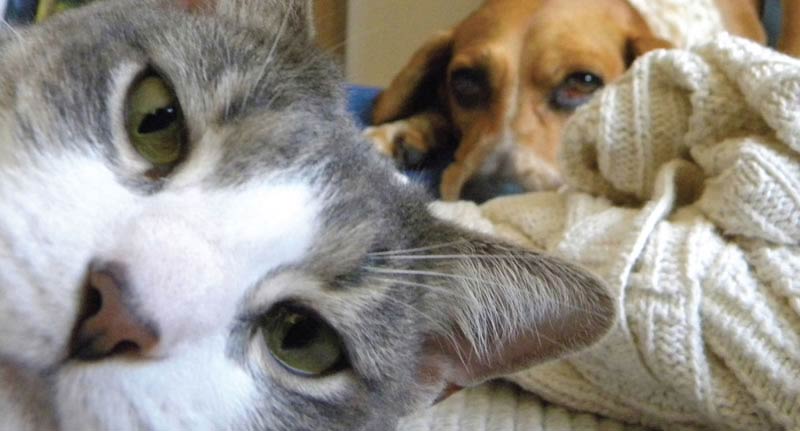
A Comprehensive Guide to (PET SITTING INSURANCE IN THE UK)
Curious what pet sitting is about, or why it's essential to keep your pets or those of other people protected?
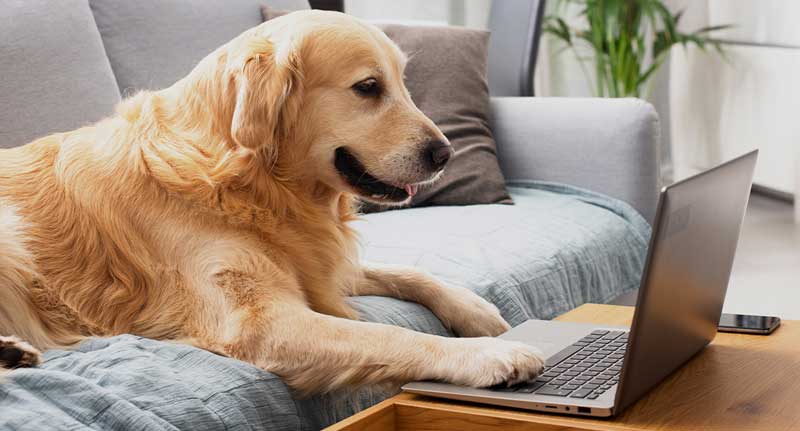
Pet Sitting Contract UK (A Must Read)
If you're looking at starting your pet sitting business, then it's only prudent that you get to know what to include in your pet sitting contract.